According to different packaging forms, the battery is divided into cylindrical cells, polymer cells, and prismatic cells. Different structures also mean that they have different characteristics.
Cylindrical cell: long development time, the most mature technology.

The cylindrical cell has the longest development time, the most mature technology, and a high degree of standardization. Moreover, because cylindrical cells have a large space between each cell when they are packaged, such cells have a great advantage in heat dissipation. Many models equipped with cylindrical cells adopt the air cooling technology at a lower cost.
But the problem of too many cells is a tricky one. Even models with high energy density batteries need to put thousands of cylindrical cells together, which puts higher requirements on the vehicle's battery management system. In addition, cylindrical cells have a lower energy density than the other two because they are relatively heavy and require a steel casing when assembled into a battery pack.
Prismatic cell: Simple structure and lightweight.
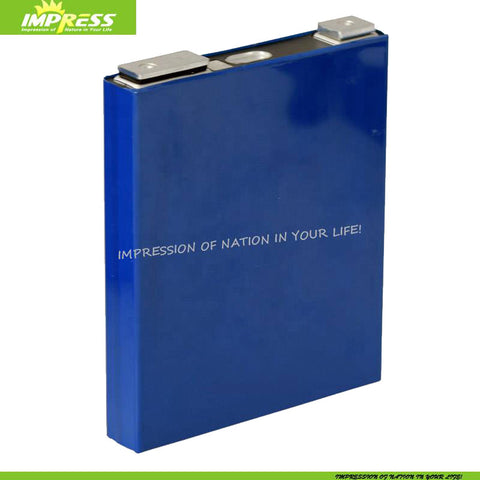
The prismatic cell has a high penetration rate in China because the structure of the prismatic cell is relatively simple, the production process is not complicated, and because the prismatic cell does not use stainless steel with a higher strength as the shell-like cylindrical cell, the energy density of prismatic cell is theoretically higher than that of the cylindrical cell.
Polymer cell: High energy density, better flexibility of battery layout.
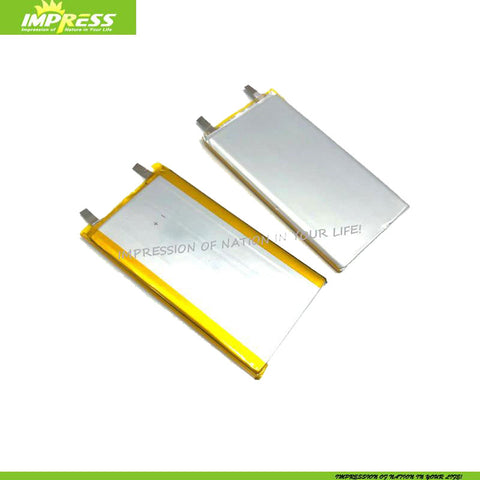
Polymer cells are made superimposed and are thinner in size than the other two, so they theoretically have the highest energy density of the three. And because of their small size, polymer cells are more flexible than the other two types of cells.
However, because the design of the polymer cell is superimposed, a thin layer is added in the middle of every two cells, which is filled with liquid and can be heated or cooled to ensure the optimal operating temperature of the battery. This also means that polymer cell needs more complex battery control system.
In the current new energy vehicle market, cylinder, prismatic, polymer three kinds of cells are carried by models, and there is no absolute distinction between good and bad, which can only be said to have advantages. In terms of battery energy density, the theory is that the polymer battery is the highest, the prismatic battery is the second, and the cylindrical battery is the smallest.


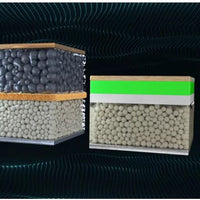
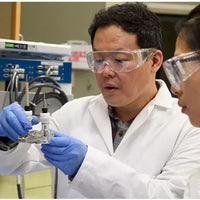

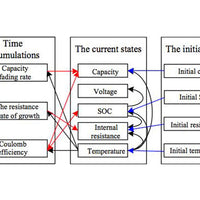
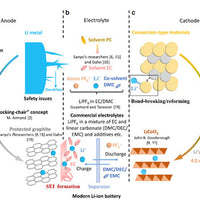

0 comments